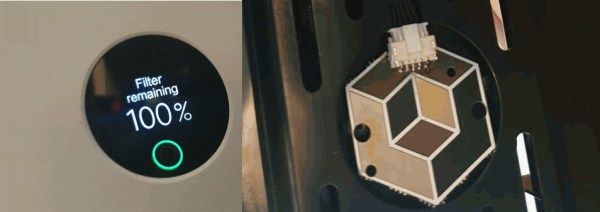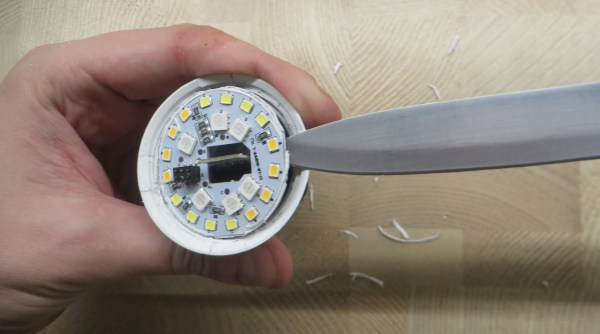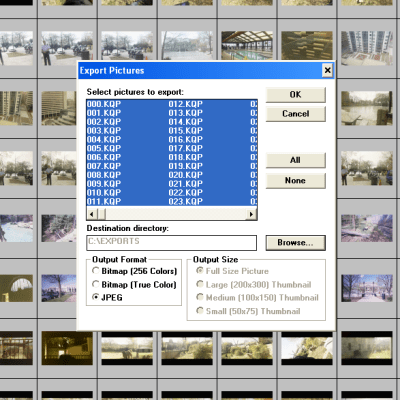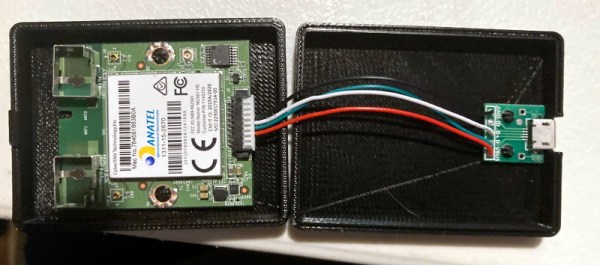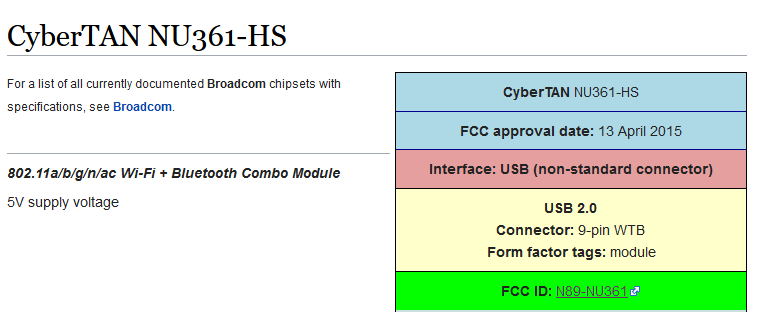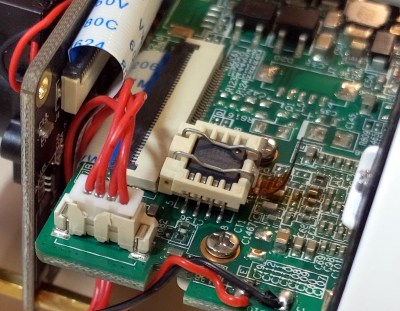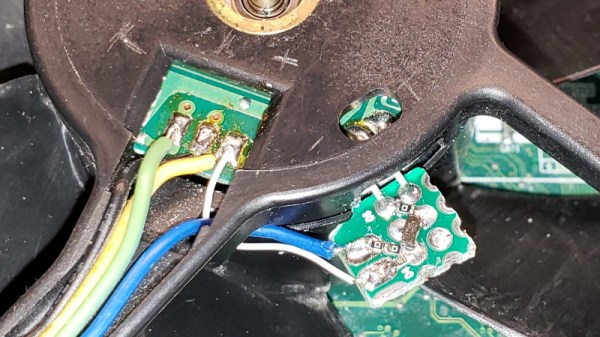The “razor and blades model” probably set a lot of young hackers on their current trajectory. If we buy a widget, we want to pick our widget refills instead of going back to the manufacturer for their name-brand option. [Flamingo-Tech] was having none of it when they needed a new filter for their Xiaomi air purifier so they set out to fool it into thinking there was a genuine replacement fresh from the box. Unlike a razor handle, the air purifier can refuse to work if it is not happy, so the best option was to make a “mod-chip.”
The manufacturer’s filters have a Near-Field Communication (NFC) chip and antenna which talk to the base station. The controller receives the filter data via I2C, but the mod-chip replaces that transmitter and reassures the controller that everything is peachy in filter town. On top of the obvious hack here, [Flamingo-Tech] shows us how to extend filter life with inexpensive wraps, so that’s a twofer. You can create your own mod-chip from the open-source files or grab one from [Flamingo-Tech’s] Tindie store.
We usually hear about mod-chips in relation to games, but we are happy to extend that honor to 3D printers. Have you ever fooled a “razor?”
Continue reading “Clearing The Air About Proprietary Consumables With A Xiaomi Filter DRM Resetter”

